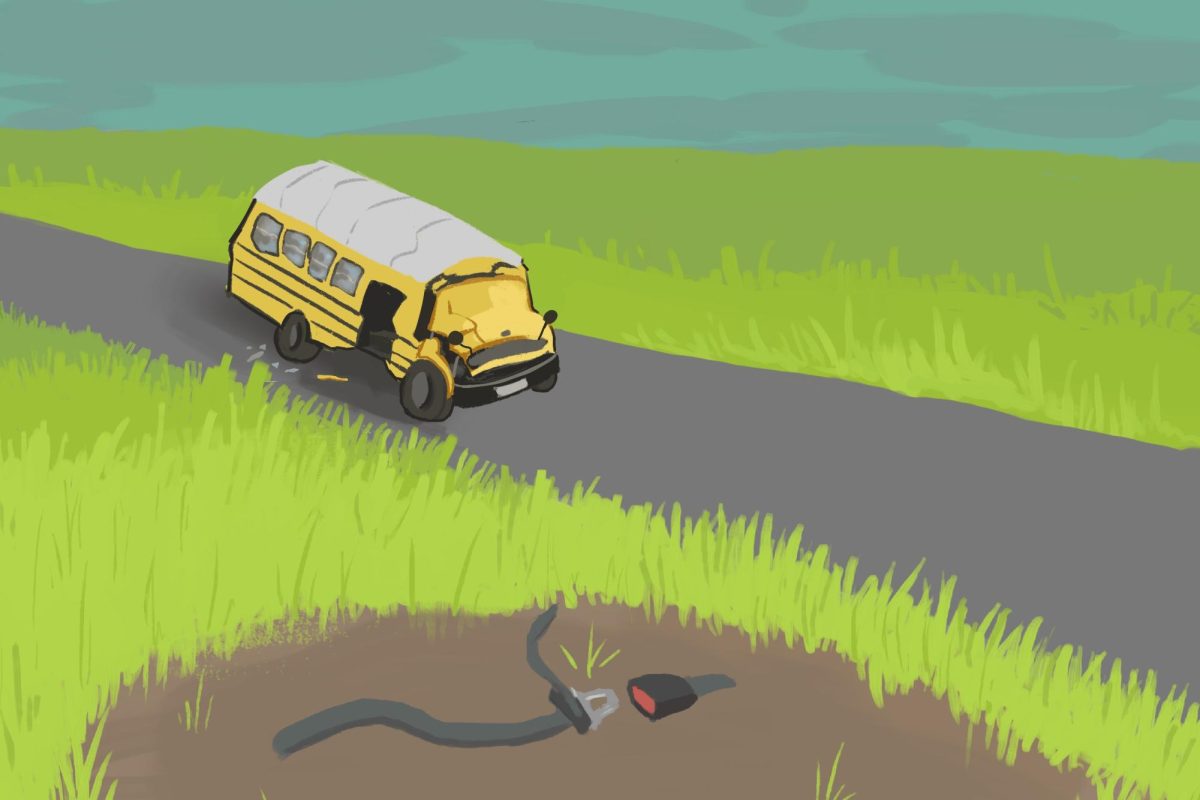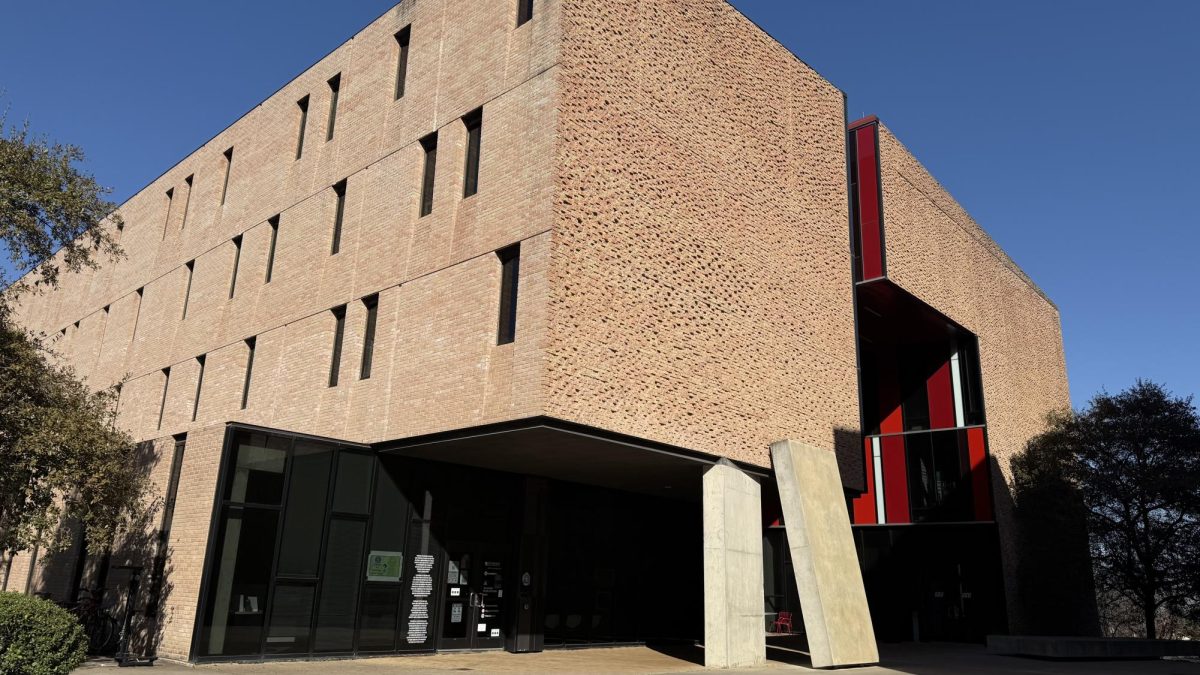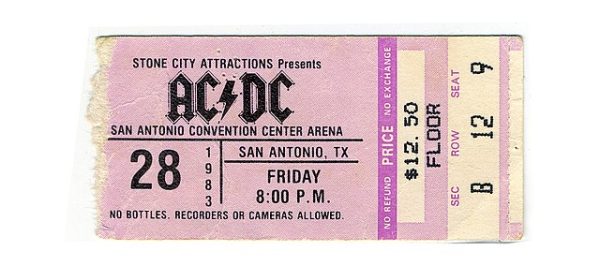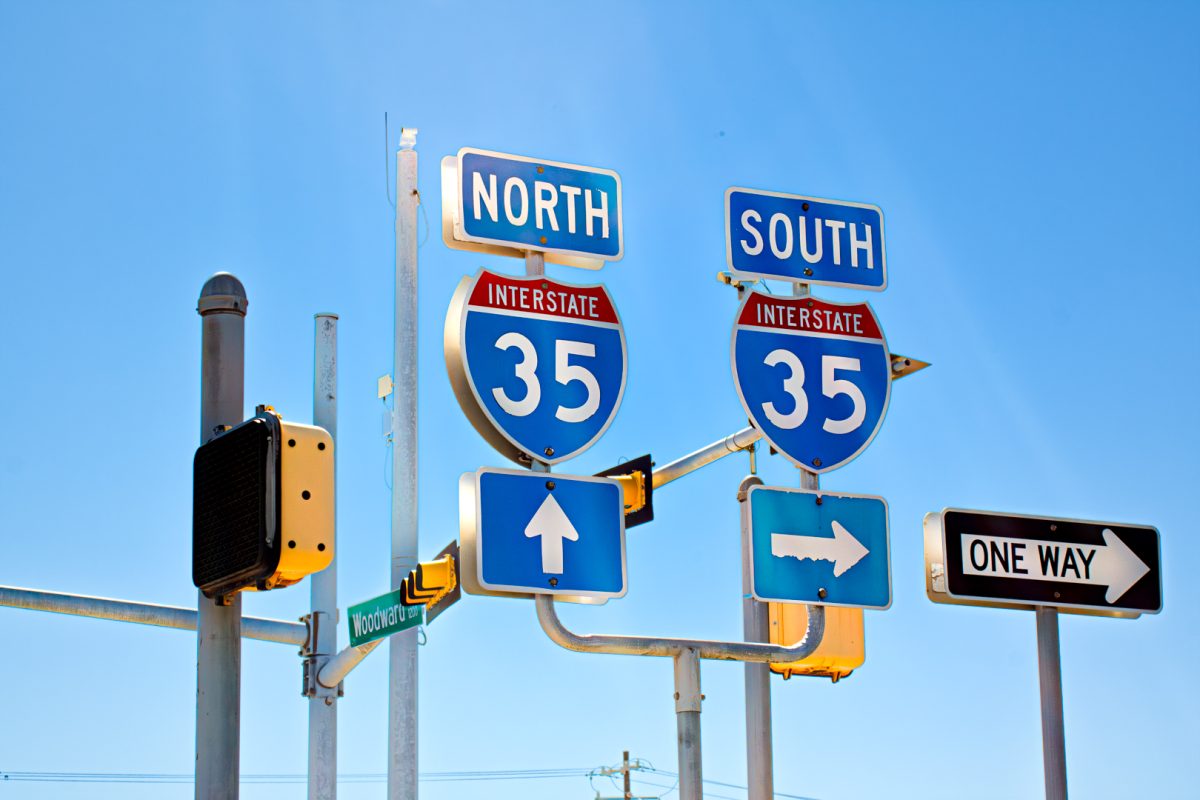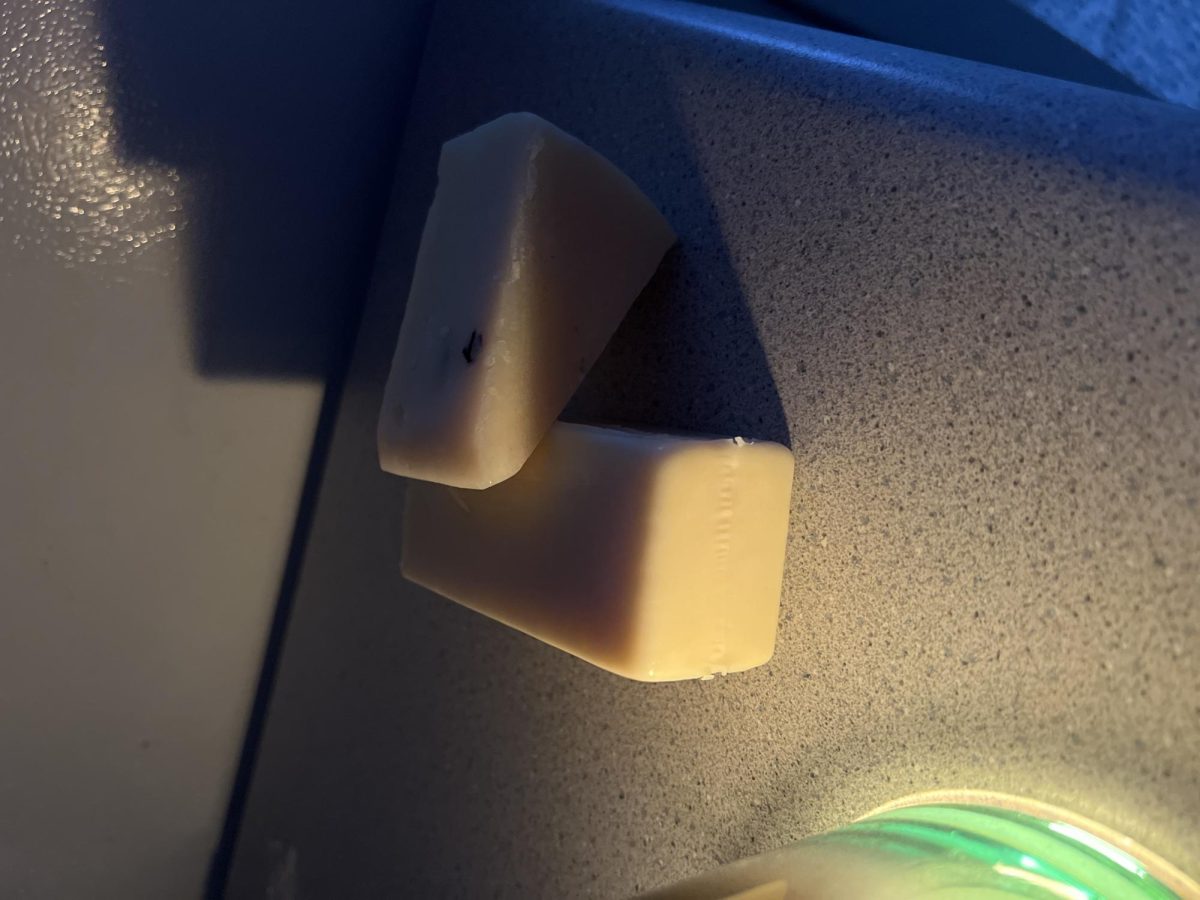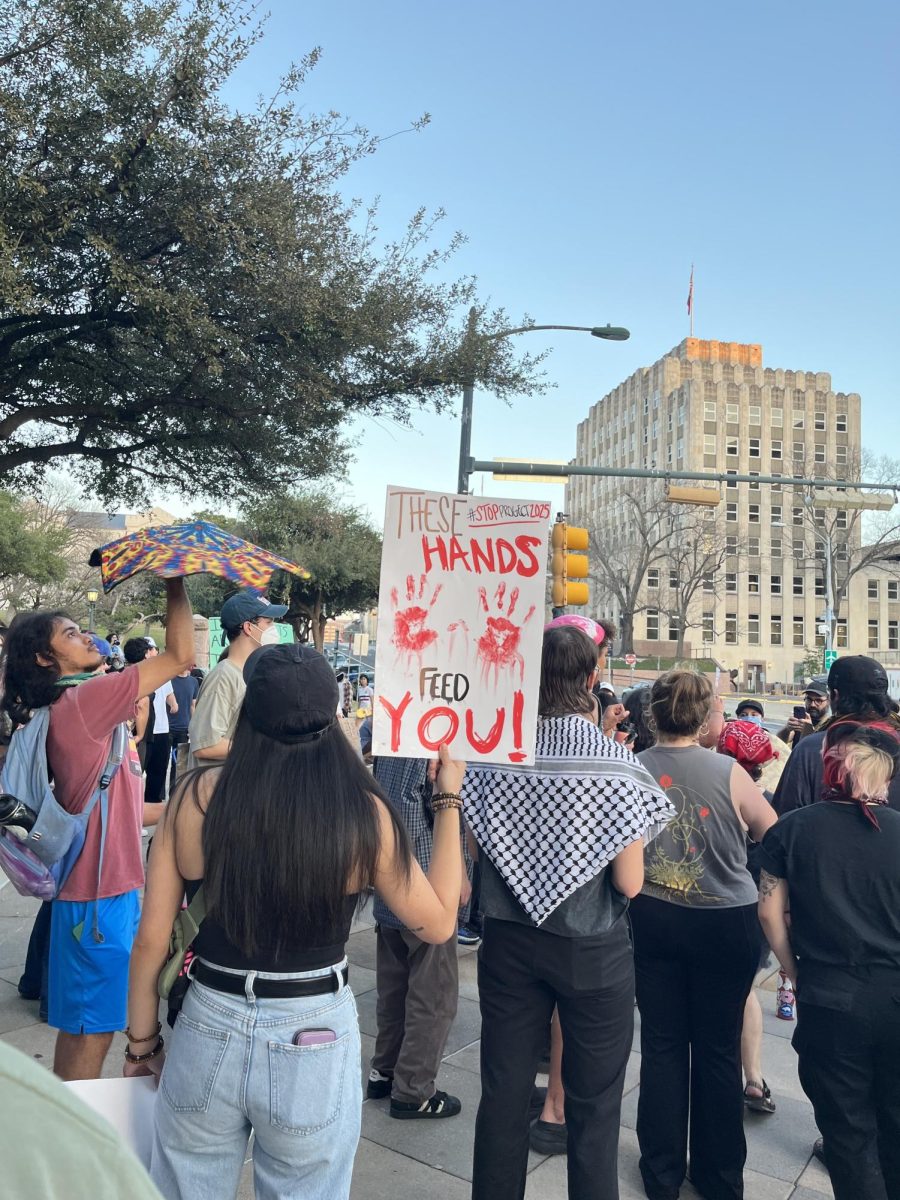I sit in a dimly lit classroom while a fuzzy video plays on the projector screen of my fourth grade class. The narrator of the video is going over school-bus safety precautions, a topic that was presented to us every year. Young kids demonstrate how to use the different types of emergency exits: back door, window, roof. My anxiety kicks in as I watch. It terrifies me.
School buses were one of my many juvenile fears. I rode in one to daycare Monday through Friday. Every day, I perched in a free-sitting seat, my feet barely touching the floor and prayed to God it wouldn’t flip over. Watching those instructional videos had instilled in me the fear that a tragic accident was inevitable: Someday, I would have to know how to use the emergency exits and help my friends and teachers off a school bus safely. Thankfully, that day never came.
This can’t be said for other kids, though.
On March 22, a school bus in Bastrop carrying over 40 preschoolers home from a zoo field trip on the outskirts of Austin crashed head on into a cement truck. Several children flew out of the bus as it rolled down the highway. One little boy and one adult in a separate vehicle driving behind the bus died. This 2011 model bus did not have seat belts. Though a traumatizing accident, I believe that if it had possessed three-point seat belts, the little boy’s death and the children’s ejections and injuries may have been avoided.
Since 2017, Texas legislation has required newly manufactured school buses to have three-point seat belts, a law that was a longtime coming after the state dealt with several tragic accidents. One of those accidents occurred in 2015 when a school bus without seat belts flew off an overpass in Houston, resulting in the death of two girls. However, the law doesn’t require school districts to install seat belts in older models. This means any district still using school buses that were built earlier than 2017 may not have seat belts as an additional safety measure, like the one involved in the crash in Bastrop.
Adding seat belts into older bus models is a necessary action school districts should take to avoid tragedies like this in the future. Several districts have brought up financial concerns as a large barrier in adding this safety measure. According to the Texas Tribune, installing seat belts in older bus models can cost $8,000 – $10,000 per bus. Additionally, school districts that believe they cannot afford to install seat belts in older models are allowed to opt out if a public meeting is held with a vote. Though financial concerns are hard to overcome and may require significant fundraising or government aid, I would hope that districts (and legislatures) take the stance that protecting the lives of children is worth any cost.
Another argument made against the requirement of seat belts in school buses was uttered by Sen. Bob Hall in 2017 when the law was first discussed. He said the inclusion of seat belts on buses are unnecessary because seat padding and “other features” provide enough protection in accidents. He also argued that seat belts could pose a danger if students in a bus crash are unable to escape from their seat. Now, I don’t know what accidents this man is referring to, because last time I checked, seat belts save lives — period. There is not a single bus or car accident that occurs where an individual not wearing a seat belt is sufficiently protected, no matter how “limited” the number of head-on crashes for cars and buses.
A little over a year ago, my close friends and I were involved in a pileup driving 75 miles per hour on Interstate 35 heading to Tennessee for a birthday. Around 4:44 a.m., our car was sandwiched between two others, causing irreparable, totaling damage to the vehicle but little harm to our persons. Why? We were wearing seat belts. End of story.
“Seat belts save lives” is not a term coined for the sake of scaring people into following the law. It is a statistically accurate claim that everyone should mind, especially school districts who are trusted with the safety and security of young children. I hope the tragic events that occurred in Bastrop continue to spur a movement to require school districts to mandate school buses with seat belts, and that other states follow Texas’ lead in requiring newer bus models to be manufactured with three-point seat belts.


